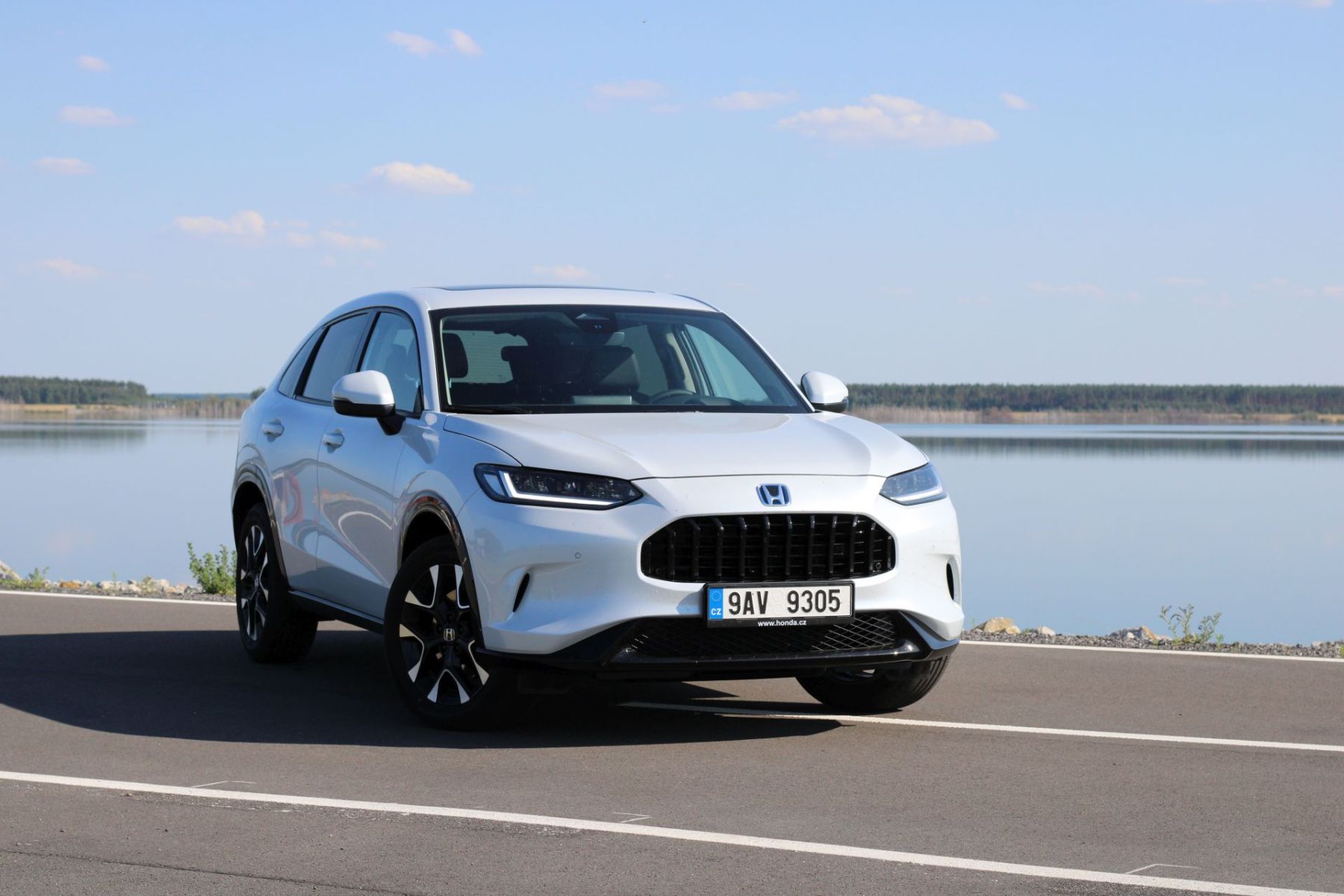Drivin' in Czechia
All you need to drive smart in the Czech Republic
Drivin' in Czechia
All you need to drive smart in the Czech Republic

Lusatian Lake District, or Lausitzer Seenland in German, is a region on the border between Brandenburg and Saxony, increasingly popular as a holiday destination — including among tourists from the Czech Republic. After all, it’s just a short drive from the Czech border — for example, from Liberec or Ústí nad Labem it takes less than two hours. If you have time to explore them during your stay in the Czech Republic, it’s perfect destination. This man-made lake area, formed by flooding disused lignite open-pit mines, offers opportunities for active holidays as well as relaxation by the water. How to get there by car? What to see? Where to stay? This article will answer all that.
Getting to the Lusatian Lakes is straightforward, with most of the route following highways. If you’re coming from Prague, take the D8 motorway towards Dresden. Near Dresden, switch from the A17 to the A4 (towards Chemnitz and Leipzig), and then join the A13 in the direction of Berlin. Leave the motorway at exit 16-Schwarzheide.
If you’re heading to Senftenberg — considered the unofficial “capital” of the Lusatian Lake District — it’s just a few more kilometres. Other destinations, like Lauta or Spremberg, involve longer drives on local roads, often already skirting the lakes.
An alternative northern route is popular with travellers from northern Bohemia, including Liberec and Jablonec nad Nisou. It can also be used when driving from Mladá Boleslav or Prague if you’d prefer to avoid German motorways. From Liberec, take Route 35 via Stráž nad Nisou and Chrastava to the Polish border. Cross through Poland towards Zittau (Germany), then follow Route B178 past Löbau and Weißenberg. After that, join the A4 motorway towards Dresden.
The best exit depends on your destination. If you’re going to the eastern part of the region (e.g., Scheibe See or the Spremberg Dam), leave the motorway near Bautzen. If you’re heading west (to Senftenberger See, Sedlitzer See, or Geierswalder See), continue along the A4 to exit 88a-Uhyst a.T.
The Lusatian Lake District not only offers a broad range of activities but also diverse lodging options — from hotels to campsites. You won’t find large hotel chains here, but smaller hotels and guesthouses are common. Private accommodation is also popular.
Several campsites are located along Senftenberger See (Familienpark, Hafencamp, Komfortcamping), often directly on the lakeshore — great for easy access to swimming or boating. There’s also a campsite right by the beach at Geierswalder See.
The Lusatian Lake District offers a truly varied set of activities, especially popular among cyclists and inline skaters. A well-developed network of trails — often separated from roads — makes for safe and comfortable rides. You can rent a bike or e-bike on-site.
The lakes naturally offer water-based fun. Senftenberger See is a well-known swimming spot, with free public beaches in Senftenberg or the nearby village of Großkoschen. Geierswalder See also has a beach, near the village of Geierwalde and its campsite. Both lakes are suitable for sailing and motorboating, while jet skis can be rented at Partwitz See.
Other lakes are still undergoing transformation. Blunoer Südsee is still being filled with water, so its planned tranquil tourism zone is yet to come. But it can already be circled by bike thanks to a surrounding trail.
On German motorways, there’s generally no speed limit for passenger cars, but many sections — especially near borders and large cities like Dresden — have posted limits, often 120 km/h. On regional roads, the speed limit is 100 km/h, reduced to 70 km/h near intersections. In towns and cities, the limit is usually 50 km/h, with some zones marked as 30 km/h.
German motorways remain toll-free for passenger cars. A proposed motorway vignette was not approved. Only lorries over 7.5 tonnes must pay tolls.
The weather is similar to the Czech Republic. June, July, and August tend to be warm and sunny, with temperatures around 30°C, making them perfect for relaxing or water activities. May and September are cooler (around 20°C) and suitable for an active holiday. January and February are the coldest months, with temperatures dropping below freezing.
The area offers more than just natural beauty. If you’re tired of lakes, visit Bad Muskau Castle with its vast English-style park on the German-Polish border. Also worth a visit is Cottbus, the cultural hub of the Sorbs. Dresden and Moritzburg Castle — famous from the Czech fairytale Three Wishes for Cinderella — are also nearby.